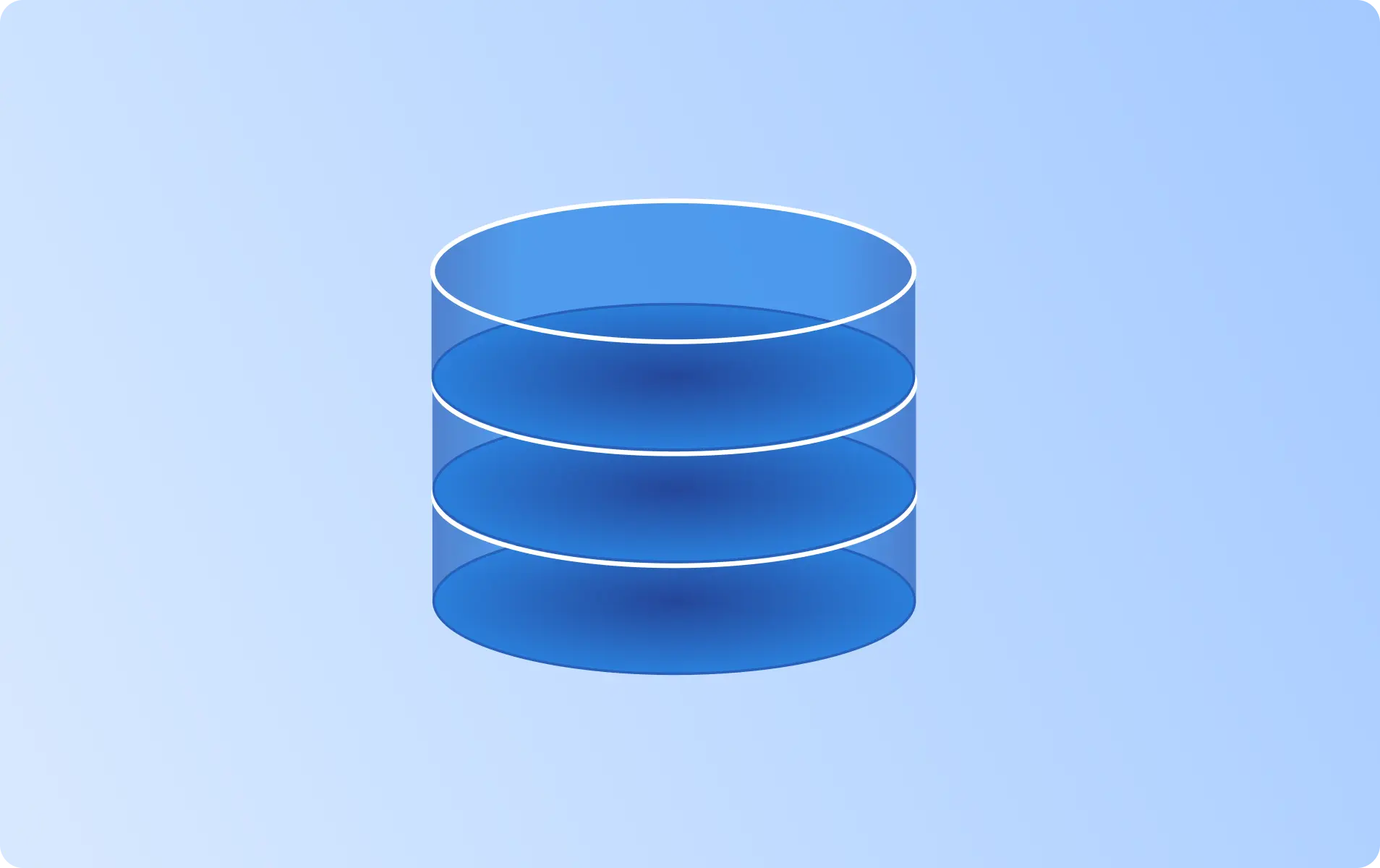Risk Data: Best Risk Datasets & Databases

- Overview
- Datasets
- Providers
- Use Cases
- Attributes
- FAQ
- Overview
- Datasets
- Providers
- Use Cases
- Attributes
- FAQ
What is Risk Data?
Risk data refers to information that helps identify, assess, and manage various types of risks. It encompasses a wide range of data points and indicators collected from multiple sources, providing insights into potential hazards and uncertainties.
Examples of Risk Data include historical market data, credit ratings, financial statements, insurance claims data, and cybersecurity threat intelligence. Risk Data is used for assessing and managing potential risks, making informed decisions, and developing risk mitigation strategies. In this page, you’ll find the best data sources for various types of risk data.
Best Risk Databases & Datasets
Here is our curated selection of top Risk Data sources. We focus on key factors such as data reliability, accuracy, and flexibility to meet diverse use-case requirements. These datasets are provided by trusted providers known for delivering high-quality, up-to-date information.

Biodiversity Proximity Risk Data | Climate Risk Data | 14k+ companies | IBAT Partnership

Country & Industry Risk Data | 200+ Sources | Risk Insights (250+ Countries, 40+ Industries) | Geo-Industry Risk Analysis

Political Risk Data Append API, USA, CCPA Compliant, Political Interest Data

Environmental Risk Data| USA | Make More Informed Business Decisions | Business Location Data | Places Data

Risk Modeling Data | 3,300 Global Issuers | Dataset for Portfolio Risk Modelling | Market-implied Credit Risk Modelling | Data for Inhouse Risk Models

Global Cyber Risk Data | Company Cybersecurity Risk Indicators, 100K+ Events

Environmental Risk Data | Real-time & Historical | US and EU | ESG Reporting |Climate Risk Modeling

CustomWeather | Flood Risk Data | 5-Day Ahead Flood Outlook PDFs | Map Data| Severe Weather Data | Weather Forecasts | Storm Data

Brain Risk ON / Risk OFF Signals - Stock Market Risk Data / USA / Based on VIX Statistical Indicators

Global Cyber Risk Data | Email Address Validation | Drive Decisions on Domain Security and Email Deliverability
Can't find the data you're looking for?
Let data providers come to you by posting your request
Post your request
Top Risk Data Providers & Companies
Popular Use Cases for Risk Data
Risk Data is essential for a wide range of business applications, offering valuable insights and driving opportunities across industries. Below, we have highlighted the most significant use cases for Risk Data.
Main Attributes of Risk Data
Below, we outline the most popular attributes associated with this type of data—features that data buyers are actively seeking to meet their needs.
| Attribute | Type | Description | Action |
|---|---|---|---|
| String | The address of a company or contact (street name, number, zip code, city, county, country). | View 133 datasets | |
| String | The name of a neighborhood. | View 113 datasets | |
| String | The type of land, e.g. agricultural, commercial, recreational, residential, or transport. | View 112 datasets | |
| String | The name of a city district. | View 110 datasets | |
| String | The land zoning type. | View 109 datasets | |
| String | The name of a company or business, might be the legal or brand name. | View 65 datasets |
Frequently Asked Questions
How is Risk Data collected?
Risk data is collected from various sources such as government agencies, research institutions, industry reports, specialized data providers, and open data initiatives. These sources gather and analyze data related to financial, operational, environmental, cybersecurity, and other risk factors.
What is Risk Data used for?
Risk data is used to make informed decisions, develop risk management strategies, and mitigate potential hazards. It aids in assessing financial risks, evaluating market volatility, predicting natural disasters, analyzing cybersecurity vulnerabilities, ensuring regulatory compliance, and maintaining a positive reputation.
What’s a quality checklist for Risk Data?
A quality checklist for risk data may include factors such as data accuracy, relevance, completeness, timeliness, consistency, and reliability. It involves verifying the data sources, evaluating the data collection methodologies, assessing data quality controls, and ensuring data integrity throughout its lifecycle.
How is Risk Data priced?
The pricing of risk data varies depending on several factors, including the data provider, the type and depth of data, the level of analysis and insights provided, and the target audience. Pricing models can range from subscription-based services, customized data packages, or pay-per-use arrangements, considering the value and market demand for the risk data.






